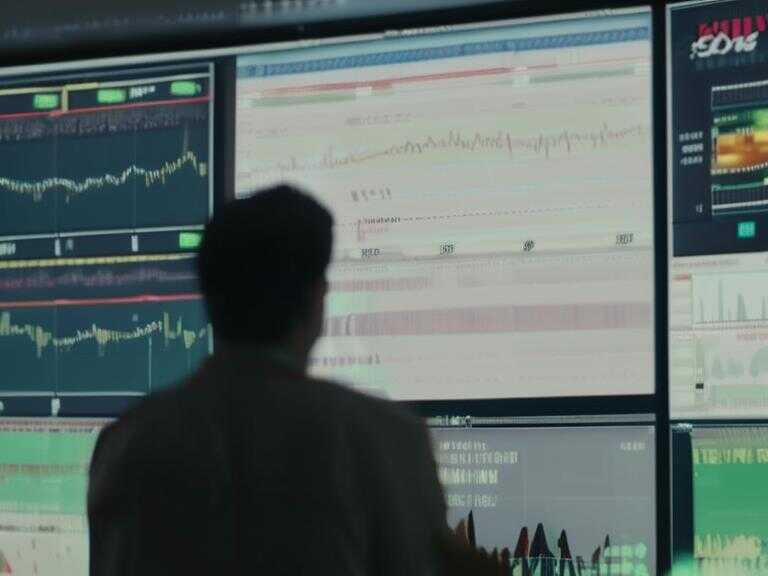
California Struggles with Excess Solar Energy, Leading to Waste and Industry Challenges
California faces a challenge of excess solar energy, leading to wasted clean energy and controversial changes in solar incentives and installations.

California, known for its widespread use of solar panels, is facing an unexpected hurdle in its pursuit of clean energy. The state is experiencing surplus solar energy, leading to wastage, a phenomenon known as the "duck curve."
The Duck Curve Phenomenon
The "duck curve" refers to the surplus of solar energy that exceeds the state’s demand, particularly during seasons with high solar production and low electricity usage. Elliot Mainzer, the CEO of California’s Independent System Operator, revealed that at times, the state has more solar energy than it can utilize. This surplus energy is either exported to other parts of the Western United States or, under extreme conditions, gets curtailed and turned off.
Impact of Surplus Solar Energy
Recent data from the Independent System Operator indicates that California has curtailed nearly 2.6 million megawatt-hours of renewable energy, primarily solar, in the recent years. This surplus is adequate to power all homes in San Francisco for a year. The state's loss of renewable energy is attributed to oversupply and congestion in the transmission lines.
To address the challenge of surplus solar energy, efforts are being made to enhance transmission connectivity and storage capacity. Mainzer emphasized the need for additional transmission lines to enable efficient energy distribution. Governor Gavin Newsom's administration is advocating for the incorporation of more energy storage solutions, such as batteries, to store excess energy for peak-demand periods. However, these storage solutions entail significant costs, making it a challenging proposition for homeowners.
Impact on Solar Industry and Homeowners
The changes in California's solar energy policies, including reduced financial incentives for homeowners, have had a detrimental impact on the rooftop solar industry. Ed Murray, the president of the California Solar and Storage Association, highlighted the devastating effects on his business, leading to layoffs and a substantial decline in residential solar installations. The requirement for homeowners to install batteries along with solar panels, at an additional cost of $10,000 to $20,000, has made solar energy less feasible for many.
Controversy and Response
The California Public Utilities Commission's decision to reduce financial incentives for solar installations has sparked controversy. While proponents argue from an equity perspective, citing increased costs for non-solar customers, critics like Murray dispute this claim. They contend that the new regulations have disproportionately affected middle-income earners and may set a precedent for similar changes in other states.
Future Implications
California's experience with surplus solar energy and the subsequent policy changes may serve as a model for other states considering adjustments to their solar energy incentives. However, these shifts in policies and regulations are expected to have widespread implications, potentially impacting the adoption of solar energy and clean energy goals across the country.
Path to a Renewable Future
Despite the challenges posed by surplus solar energy, California remains committed to its ambitious clean energy vision. With a target of achieving 100% clean energy by 2045, the state recognizes the pivotal role of rooftop solar in this transition. Murray emphasized the indispensability of solar energy in achieving the state's clean energy goals, emphasizing its significance in powering electric vehicles and other sustainable technologies.
Share news















